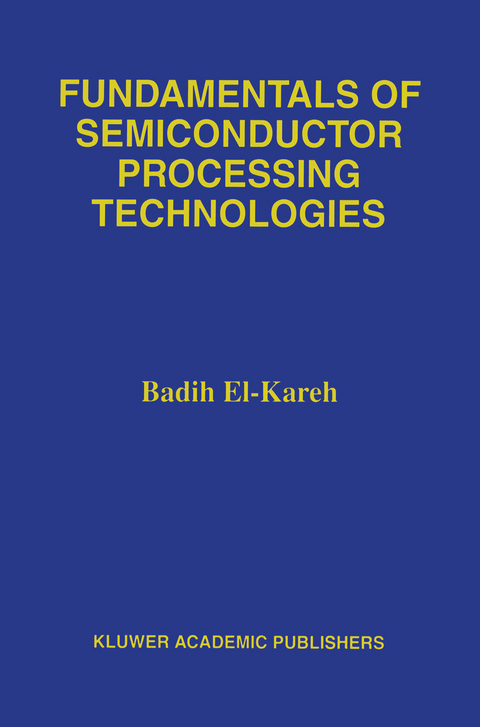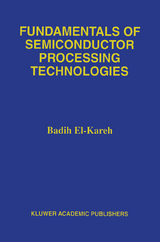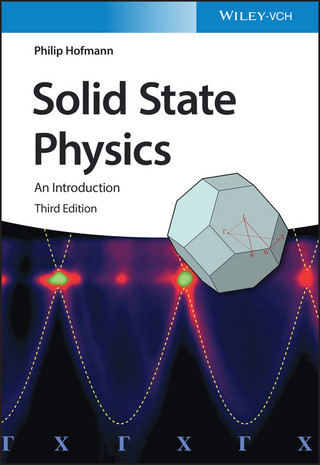Fundamentals of Semiconductor Processing Technology
1 Semiconductor Crystals.- 1.1 Crystals and Crystallographic Orientations.- 1.2 The Silicon Crystal.- 1.3 Wafer Preparation.- 1.4 Compound Semiconductors.- 2 Thermal Oxidation and Nitridation.- 2.1 SiO2 and SiO2-Si Interface.- 2.2 Thermal Oxidation.- 2.3 Silicon Nitride.- 3 Thin Film Deposition.- 3.1 Chemical Vapor Deposition.- 3.2 Chemical-Physical Deposition Processes.- 3.3 Physical-Vapor Deposition.- 4 Lithography.- 4.1 Optical Lithography.- 4.2 Resolution Enhancement Techniques.- 4.3 Electron-Beam Lithography.- 4.4 X-Ray Lithography.- 4.5 Ion-Beam Lithography.- 5 Contamination Control and Etch.- 5.1 Clean Processes.- 5.2 Etching.- 6 Ion Implantation.- 6.1 Principle of Operation.- 6.2 Energy Loss and Range Distribution.- 6.3 Crystal Damage and Dopant Activity.- 7 Diffusion.- 7.1 Point Defects.- 7.2 Fick’s Laws.- 7.3 Non-Constant Diffusivity.- 7.4 Diffusion in Polysilicon.- 7.5 Diffusion in Insulators.- 7.6 Diffusion Sources.- 7.7 Gettering in Silicon.- 8 Contact and Interconnect Technology.- 8.1 Contact Metallurgy.- 8.2 Poly-Metal Dielectrics.- 8.3 Metal Interconnects.- 8.4 Inter-Level Dielectrics.- 8.5 Multi-Level Metals.- 8.6 Reliability Considerations.
| Zusatzinfo | XIII, 602 p. |
|---|---|
| Verlagsort | Dordrecht |
| Sprache | englisch |
| Maße | 155 x 235 mm |
| Themenwelt | Naturwissenschaften ► Physik / Astronomie ► Atom- / Kern- / Molekularphysik |
| Technik ► Elektrotechnik / Energietechnik | |
| ISBN-10 | 0-7923-9534-4 / 0792395344 |
| ISBN-13 | 978-0-7923-9534-8 / 9780792395348 |
| Zustand | Neuware |
| Haben Sie eine Frage zum Produkt? |
aus dem Bereich




